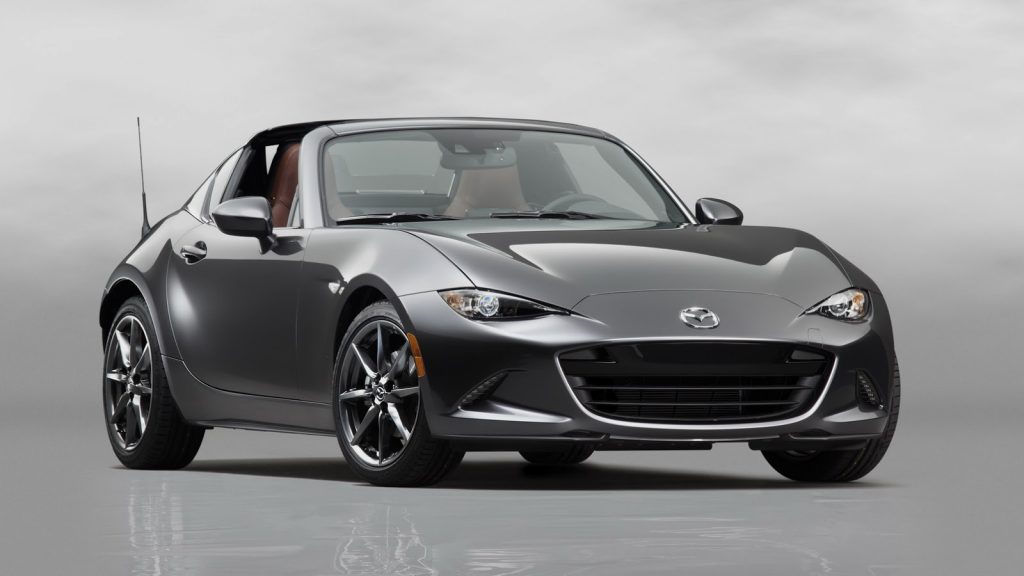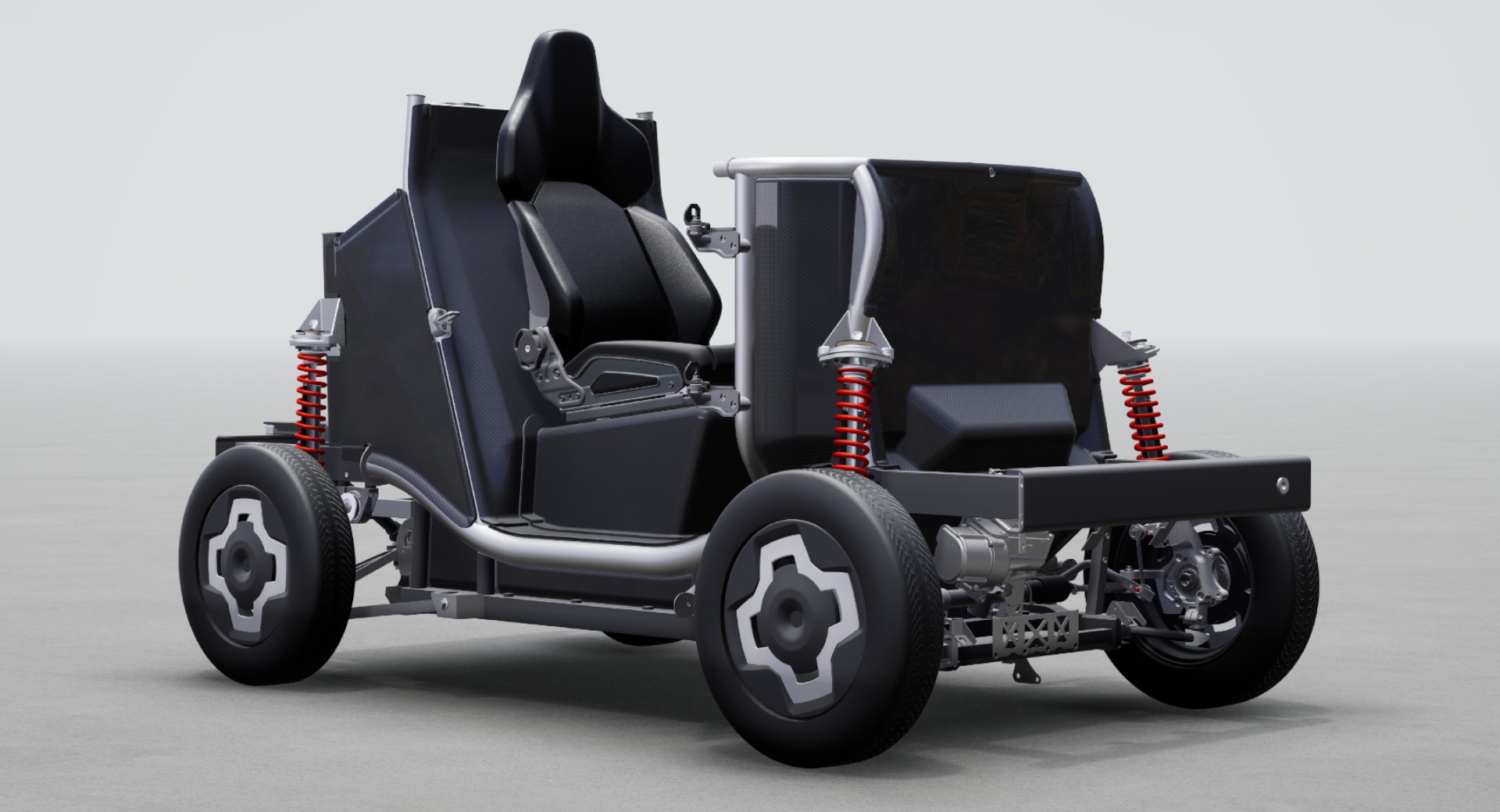Last month’s revelation that Gordon Murray was working on a pair of electric SUVs had plenty of people wondering if the big man with the loud shirts had sold out. Murray has always championed light cars and no one has ever accused a 4-5,000 lbs electric SUV of being light.
But it sounds like the engineering genius behind flyweights like the T.50 (2,714 lbs / 986 kg), McLaren F1 (2,509 lbs / 1,138 kg), and Light Car Company Rocket (850 lbs / 385 kg) hasn’t ditched his principles. The first of the new electric SUVs will weigh between 2,425 lbs (1,100 kg) and 2,645 lbs (1,200 kg), according to comments made to Autocar by Philip Lee, the recently appointed CEO of the Gordon Murray Group.
Okay, so although this is an SUV we’re talking about, it’s clearly not a GMC Yukon. This GM machine is a small (and that’s small by European standards) SUV, but one with seating for four people and room for their luggage. As Autocar points out, that target weight range means the Gordon Murray faux-by-four will tip the scales around 660-880 lbs (300-400 kg) lighter than a Renault Zoë EV.
And if the SUV really does manage to make it to production weighing between 2,425 lbs (1,100 kg) and 2,645 lbs (1,200 kg) it could also be lighter than some versions of the two-seat Mazda MX-5. Mazda’s American website gives the curb weight of an MX-5 Miata RF Grand Touring with the manual transmission as 2,452 lbs (1,112 kg). Murray’s second SUV will be larger, and therefore heavier, but should also come in significantly lighter than its mainstream opposition.
Related: Here’s The $1.85 m T.33, Gordon Murray’s 11,100-RPM Entry-Level McLaren Mauler
Lee told Autocar the incredible curb weight is made possible partly due to the design of the batteries. They feature an “immersive” fluid cooling system and are designed within a rigid case that forms part of the car’s structure, while still allowing maintenance access. The CEO also says the batteries have a greater power density and ability to withstand temperature extremes.
Another key enabler in the pursuit of a low curb weight is the design of the platform itself. Gordon Murray Technology, the sister company of Gordon Murray Automotive, the firm responsible for the T.50 and T.33 hypercars, has developed three platforms, two of which will be used by the new SUV duo. And all three platforms are engineered using lessons learned from the development of Gordon Murray’s iStream process, which swaps conventional stamped steel panels for a combination of a metallic spaceframe and composite sandwich panels. Murray claims building vehicles with an iStream structure requires less energy and a smaller plant footprint.





